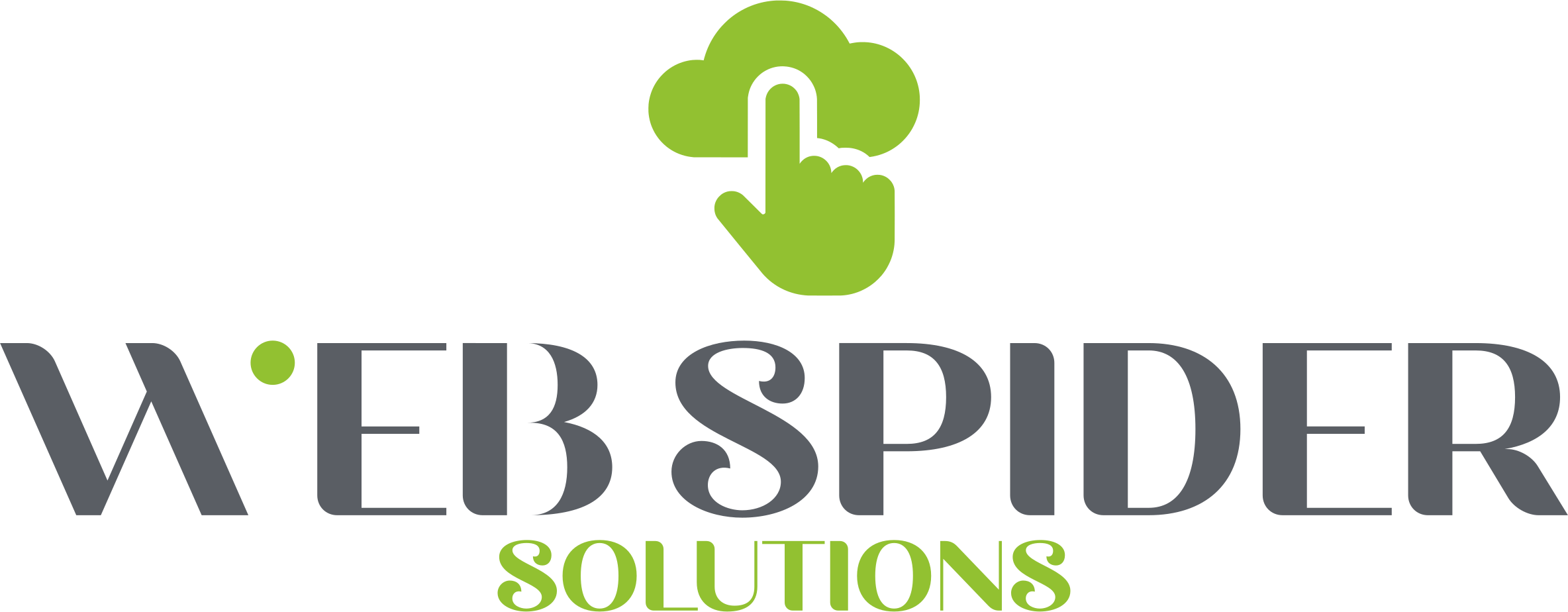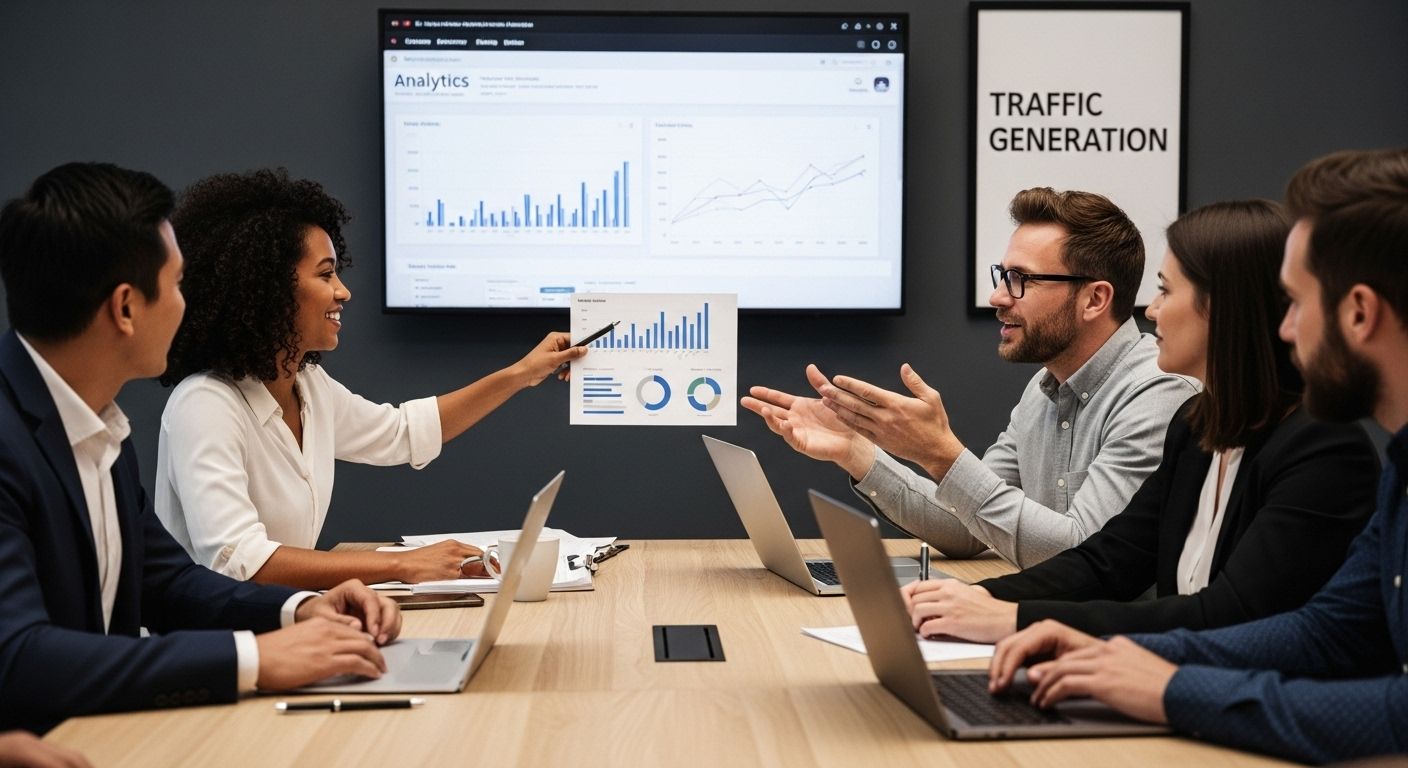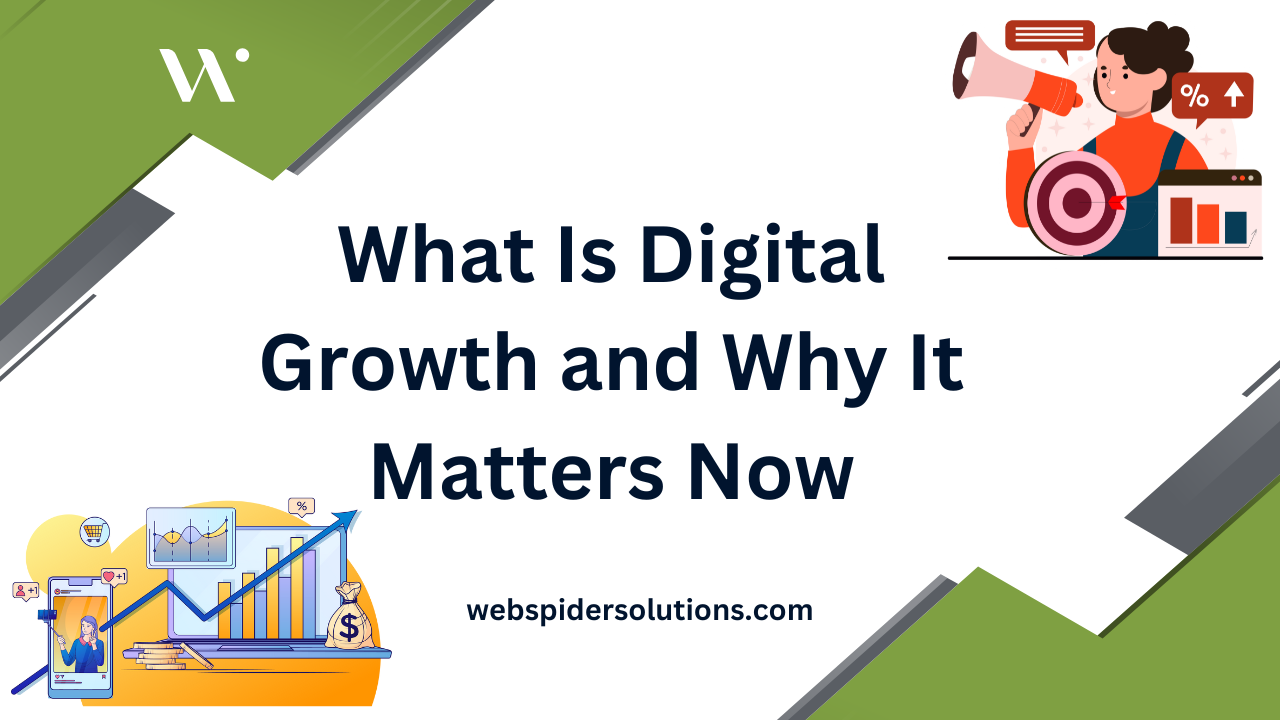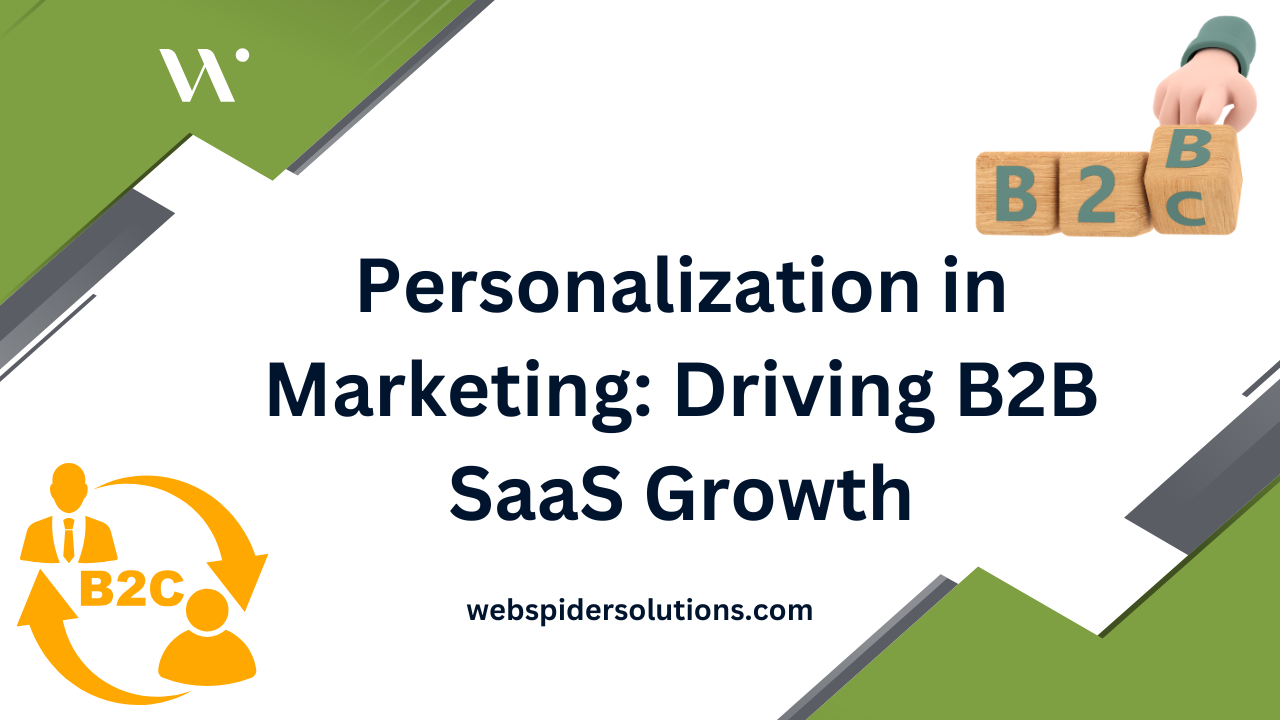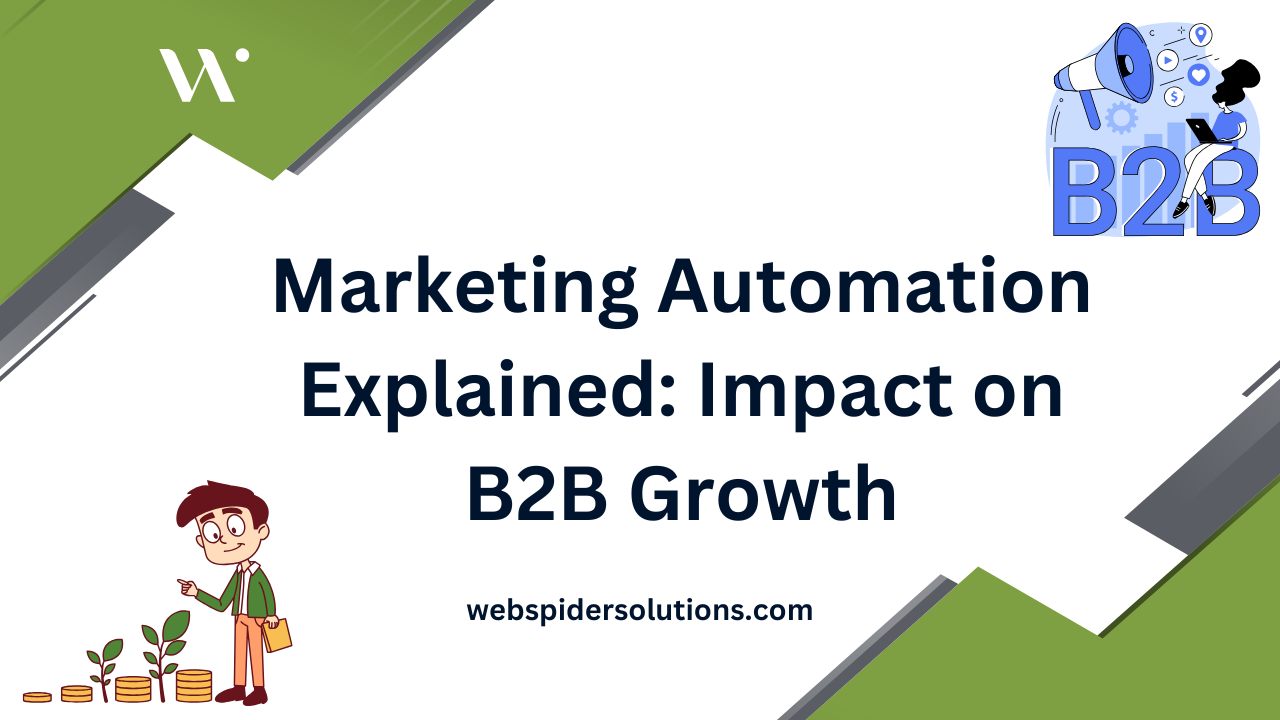Every business with a website wants one thing: more traffic. Did you know organic search already drives about 53% of all site visits, while video will make up 82% of online traffic by 2025? That sounds like a gold rush for content and SEO. Yet throwing more money at paid ads is not the answer. The brands set to win in 2025 are tuning into smarter, data-driven blends of content creation, SEO, video, and social engagement—all precisely measured and always evolving. Guess who gets left behind? Those still betting on just one channel.
Table of Contents
- Essential Website Traffic Generation Channels
- Content Marketing Tactics That Attract Visitors
- Leveraging SEO And Paid Advertising Effectively
- Analytics And Optimization For Lasting Website Growth
Quick Summary
| Takeaway | Explanation |
|---|---|
| Focus on organic search traffic | Organic search drives about 53% of website traffic; prioritize SEO for sustainable growth. |
| Leverage video content for engagement | Video will account for 82% of online traffic by 2025; use platforms like YouTube effectively. |
| Integrate SEO and paid advertising | Combining organic and paid strategies maximizes visibility and traffic generation. |
| Optimize your content continuously | Use data-driven insights and A/B testing to improve website engagement and conversions. |
| Utilize advanced analytics tools | Track user journeys to enhance website performance and predict user needs effectively. |
Essential Website Traffic Generation Channels
Website traffic generation requires a strategic approach that leverages multiple digital channels to attract and engage potential visitors. Understanding the most effective traffic channels becomes critical for businesses seeking sustainable online growth.
Organic Search Traffic: The Cornerstone of Digital Visibility
Organic search remains the most reliable website traffic generation method. Search engine optimization strategies can significantly impact a website’s visibility and attract targeted visitors. According to a study by Ahrefs, organic search drives approximately 53% of website traffic across industries. This means businesses investing in high-quality content and technical SEO optimization can expect substantial returns.
Successful organic traffic generation involves multiple components. First, creating comprehensive content that addresses user intent helps websites rank higher in search results. Second, technical optimization ensuring fast page loads and mobile responsiveness becomes crucial. Third, developing authoritative backlinks from reputable websites signals search engines about your content’s credibility.
Video Content and Social Media Channels
Video content has emerged as a powerful website traffic generation tool. Research from Ahrefs predicts video will constitute 82% of all online traffic by 2025. Platforms like YouTube offer immense potential for driving website visitors through engaging multimedia content.
Social media channels provide another dynamic traffic generation avenue. Platforms such as LinkedIn, Instagram, and Twitter enable businesses to share content, engage audiences, and redirect traffic to their websites. Strategic social media marketing involves creating platform-specific content that resonates with target demographics and includes clear calls to action.
Paid Digital Advertising Channels
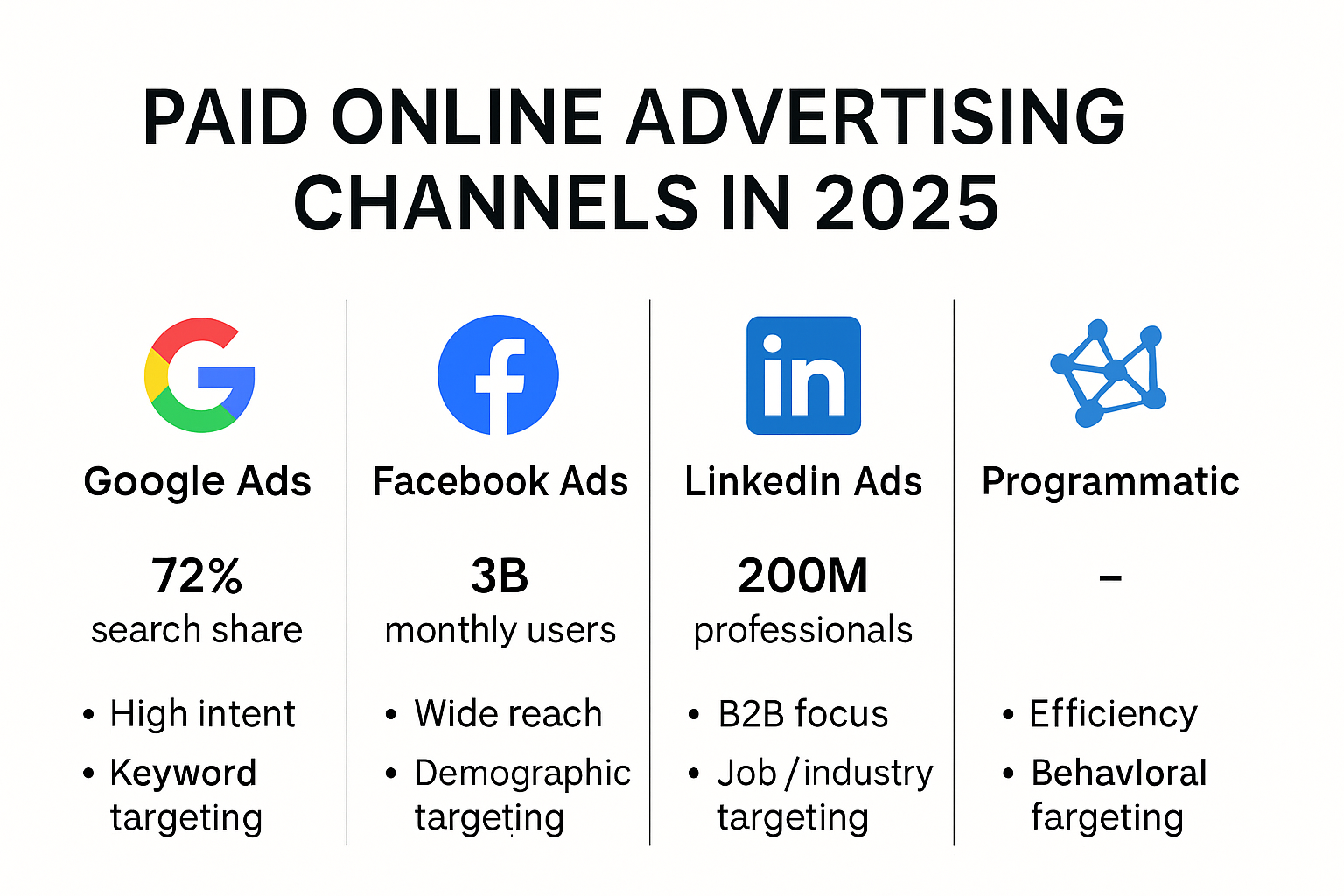
Paid advertising offers precise targeting and immediate traffic generation capabilities. Google Ads, Facebook Ads, and LinkedIn Advertising allow businesses to reach specific audience segments quickly. According to a comprehensive study, strategic paid advertising can dramatically improve website visibility and click-through rates.
Effective paid advertising requires continuous optimization. Businesses must develop compelling ad copy, select appropriate targeting parameters, and monitor performance metrics. A/B testing different ad variations helps refine strategies and improve return on investment. Budget allocation across multiple platforms ensures diversified traffic sources and reduces dependency on a single channel.
By integrating these essential website traffic generation channels strategically, businesses can create a robust digital presence that attracts, engages, and converts potential customers.
To provide a clear comparison of the main traffic generation channels discussed, here’s a summary table outlining their primary features, benefits, and challenges:
| Channel | Main Features | Benefits | Challenges |
|---|---|---|---|
| Organic Search (SEO) | Content creation, keyword targeting, technical optimization | Sustainable, high-quality traffic | Slower results, needs expertise |
| Video Content | Multimedia (video), YouTube, integration with site/social media | High engagement, large potential reach | Production effort, platform shifts |
| Social Media | Platform-specific content, audience engagement | Brand awareness, viral possibilities | Algorithm changes, short lifespan |
| Paid Advertising | Targeted ads, quick visibility, multiple platforms | Immediate traffic, precise targeting | Costs, requires ongoing budget |
Content Marketing Tactics That Attract Visitors
Content marketing has transformed from a trendy strategy to a fundamental approach for attracting website visitors. In 2025, successful content marketing requires a nuanced understanding of audience needs and sophisticated content delivery techniques.
Strategic Content Creation and Optimization
Effective content marketing begins with understanding audience intent and creating valuable, targeted content. Smart content marketing strategies emphasize quality over quantity. According to a comprehensive study analyzing academic websites, the size and richness of content directly correlate with increased website traffic.
Content optimization involves multiple strategic elements. First, develop in-depth content that comprehensively addresses user questions. Second, focus on creating evergreen content that maintains relevance over time. Third, incorporate data-driven insights and original research to establish authority. This approach helps content stand out in crowded digital spaces and attracts organic traffic through unique value propositions.
Multimedia and Interactive Content Strategies
Diversifying content formats is crucial for attracting and retaining website visitors. Infographics, videos, podcasts, and interactive tools can significantly enhance user engagement. Research on academic websites demonstrates that integrating social media sharing features can dramatically increase content visibility and drive additional traffic.
Interactive content like quizzes, calculators, and assessment tools encourages user participation and increases time spent on websites. These formats not only attract visitors but also provide valuable data insights. For instance, a B2B software company might create an ROI calculator that helps potential customers understand the financial benefits of their solution.
Content Distribution and Amplification
Creating exceptional content is only half the battle. Strategic distribution determines its reach and impact. Social media platforms, email newsletters, and content syndication networks offer powerful channels for content amplification. According to research analyzing content sharing patterns, simplifying landing pages and making content easily shareable can enhance user engagement.
Effective content distribution involves understanding platform-specific nuances. LinkedIn works best for professional, data-driven content. Instagram thrives on visually compelling storytelling. Twitter demands concise, punchy messaging. By tailoring content to each platform’s strengths, businesses can maximize their reach and attract diverse visitor segments.
Content marketing in 2025 demands a holistic, audience-centric approach. By creating high-quality, diverse content and strategically distributing it across multiple channels, businesses can consistently attract and engage website visitors.
Leveraging SEO and Paid Advertising Effectively
In the competitive digital marketing landscape of 2025, businesses must master the intricate balance between search engine optimization (SEO) and paid advertising to drive substantial website traffic. Strategic integration of these channels can unlock powerful growth opportunities.
To clarify the main distinctions and synergies between SEO and paid advertising as discussed in this section, the table below summarizes their key aspects:
| Approach | Time to Results | Cost Structure | Audience Targeting | Key Benefits | Ideal Use Case |
|---|---|---|---|---|---|
| SEO (Organic) | Long-term | Lower, ongoing | Broad (intent driven) | Sustained growth, authority | Building long-term traffic and trust |
| Paid Advertising | Immediate | Higher, scalable | Narrow (ad targeting) | Fast traffic, adaptability | Launching new campaigns, quick results |
| Integrated (Both) | Both immediate & long-term | Combined | Comprehensive | Maximized reach, data synergy | Balanced, full-funnel marketing approach |
Advanced SEO Strategies for Organic Visibility
SEO remains a cornerstone of sustainable website traffic generation. Comparing strategic approaches to search marketing reveals significant potential for organic growth. A meta-analysis of recent studies indicates that implementing comprehensive SEO techniques consistently correlates with substantial increases in search rankings and website traffic.
Modern SEO extends beyond traditional keyword optimization. Research highlights the critical importance of domain-specific keyword strategies, including sophisticated keyword pool generation, precise targeting, and continuous adjustment. Emerging technologies like Generative Engine Optimization (GEO) are transforming how businesses approach search visibility, focusing on optimizing content for AI-driven search interfaces and conversational search technologies.
Key SEO tactics for 2025 include:
- Technical optimization addressing site speed, mobile responsiveness, and structured data
- Content depth creating comprehensive, authoritative resources
- User experience improving site navigation and engagement metrics
Paid Advertising: Precision Targeting and Immediate Results
Paid advertising offers a complementary approach to organic traffic generation. Unlike SEO’s long-term strategy, paid channels provide immediate visibility and precise audience targeting. Google Ads, social media advertising, and programmatic advertising platforms enable businesses to reach specific demographic segments with unprecedented accuracy.
Successful paid advertising requires continuous optimization. Businesses must develop:
- Compelling ad copy that resonates with target audiences
- Sophisticated targeting parameters
- Robust tracking and analytics to measure performance
Integrated Search Marketing Approach
The most effective traffic generation strategy combines SEO and paid advertising synergistically. This integrated approach allows businesses to:
- Capture immediate traffic through paid channels
- Build long-term organic visibility
- Gather comprehensive audience insights
- Maximize return on digital marketing investments
Advanced marketers are moving beyond siloed approaches, creating holistic strategies that leverage the strengths of both organic and paid channels. By understanding the unique benefits of SEO and paid advertising, businesses can develop a dynamic, adaptable approach to website traffic generation that delivers consistent results in the ever-evolving digital marketing ecosystem.
Analytics And Optimization For Lasting Website Growth
Website growth demands more than just attracting visitors. Sophisticated analytics and continuous optimization form the backbone of sustainable digital success, enabling businesses to transform raw data into strategic insights and actionable improvements.
Advanced Web Analytics and Performance Tracking
Modern website analytics transcend basic visitor counts. Insights into conversion rate optimization reveal the importance of comprehensive performance tracking. Businesses must leverage advanced analytics platforms that provide multi-dimensional insights into user behavior, engagement patterns, and conversion dynamics.
Key performance metrics businesses should monitor include:
- User engagement rates measuring time on site and interaction depth
- Conversion funnel analysis tracking visitor progression through key website stages
- Traffic source effectiveness understanding which channels deliver highest quality visitors
Advanced tracking technologies now enable granular understanding of user journeys. Machine learning algorithms can predict user behaviors, identify potential drop-off points, and suggest optimization strategies. This predictive approach transforms analytics from retrospective reporting to proactive strategic planning.
Data-Driven Optimization Strategies
Successful website optimization requires a systematic, data-informed approach. Continuous A/B testing allows businesses to experiment with design elements, content structures, and user interface components. By implementing methodical testing protocols, organizations can incrementally improve website performance and user experience.
Effective optimization strategies include:
- Responsive design adjustments ensuring seamless cross-device experiences
- Content personalization tailoring user experiences based on behavioral data
- Performance optimization reducing page load times and improving technical infrastructure
Predictive Analytics and Future-Proofing
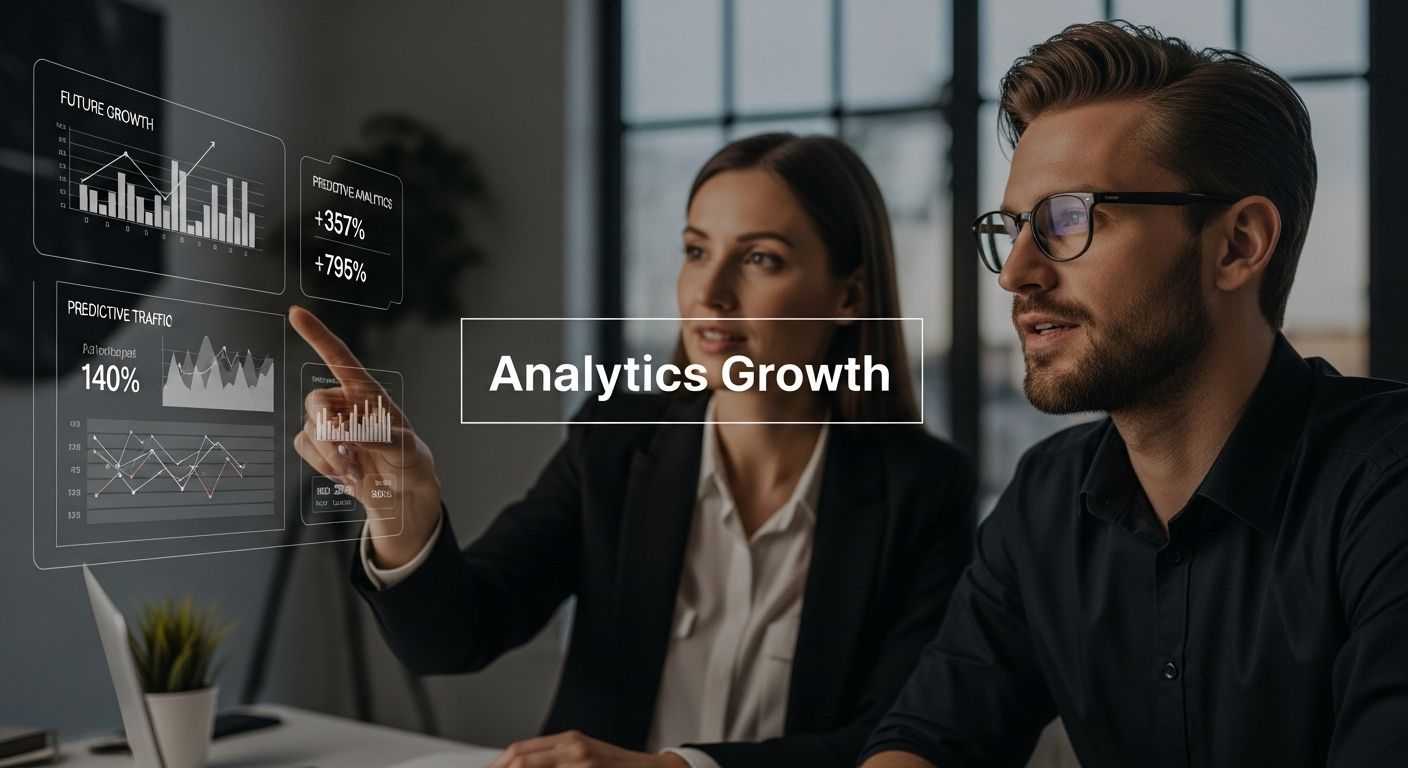
The future of website growth lies in predictive analytics and adaptive optimization. Emerging technologies enable businesses to anticipate user needs, predict potential challenges, and proactively modify digital experiences. Machine learning models can now analyze complex user interaction patterns, providing unprecedented insights into potential optimization opportunities.
Businesses must adopt a forward-looking approach that combines:
- Continuous learning systems that adapt based on real-time user data
- Comprehensive performance monitoring
- Agile optimization methodologies
By embracing a holistic, data-driven approach to website growth, businesses can create dynamic digital experiences that continuously evolve to meet changing user expectations. The key lies not just in collecting data, but in transforming those insights into meaningful, strategic actions that drive sustainable digital success.
Frequently Asked Questions
What are the key strategies for generating website traffic in 2025?
The key strategies include focusing on organic search traffic through SEO, leveraging video content for engagement, integrating both SEO and paid advertising, optimizing content continuously, and utilizing advanced analytics tools to track performance.
How important is video content for website traffic generation?
Video content is crucial as it is expected to constitute 82% of all online traffic by 2025. Engaging video content can significantly enhance visitor interaction and drive traffic to your website.
What is the role of SEO in driving organic website traffic?
SEO is fundamental for generating organic website traffic. Implementing effective SEO strategies, such as quality content creation, technical optimization, and building authoritative backlinks, greatly improves search engine visibility and attracts targeted visitors.
How can businesses effectively measure website traffic performance?
Businesses can measure website traffic performance using advanced analytics tools that provide insights into user behavior, engagement, conversion rates, and the effectiveness of different traffic sources.
Ready to Transform Your Website Traffic in 2025?
Is your business struggling to keep up with the changing landscape of digital marketing? The article highlighted just how complex website traffic generation has become. Businesses can no longer depend on a single channel or outdated tactics. Modern website growth in 2025 demands expert SEO, dynamic content marketing, and advanced analytics. Staying ahead of competitors means acting before they do. Discover proven strategies, actionable data, and ongoing optimization insights in our Uncategorized Archives for even more expertise.
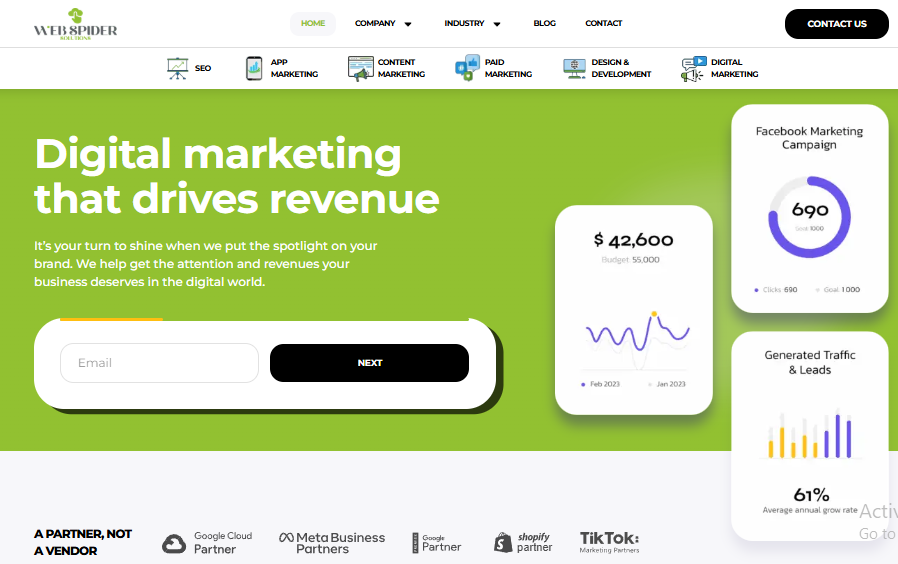
Take control of your digital future. Let Web Spider Solutions help you achieve your traffic and revenue goals through results-driven SEO, precision-paid advertising, and conversion-focused content. Request a free consultation today and start turning your website into a powerful growth engine before your competitors do.
Recommended
- Top Lead Generation Tactics for 2025 | Web Spider Solutions
- Conversion Rate Optimization Strategies for Business Growth 2025 – Web Spider Solutions
- Ecommerce Conversion Rate: Boost Sales Fast
- 7 Practical Ways to Increase Organic Traffic in 2025 – Web Spider Solutions
- 5 Off-Page SEO Strategies to Skyrocket Your Search Results

